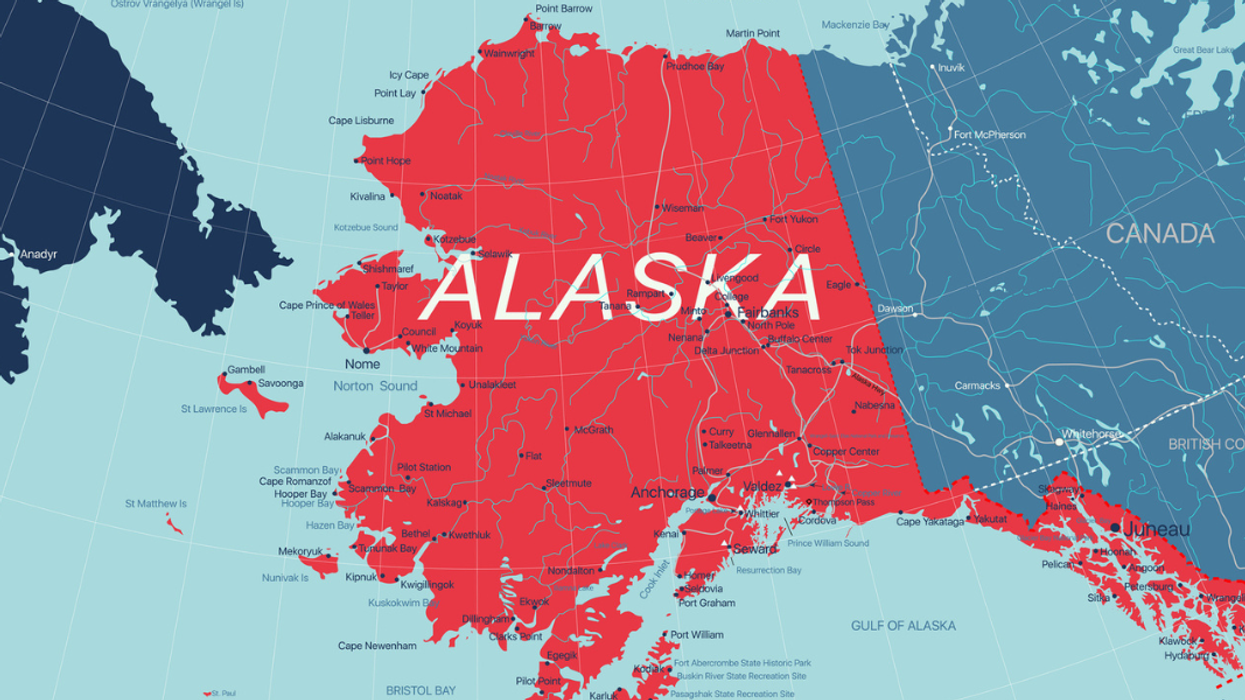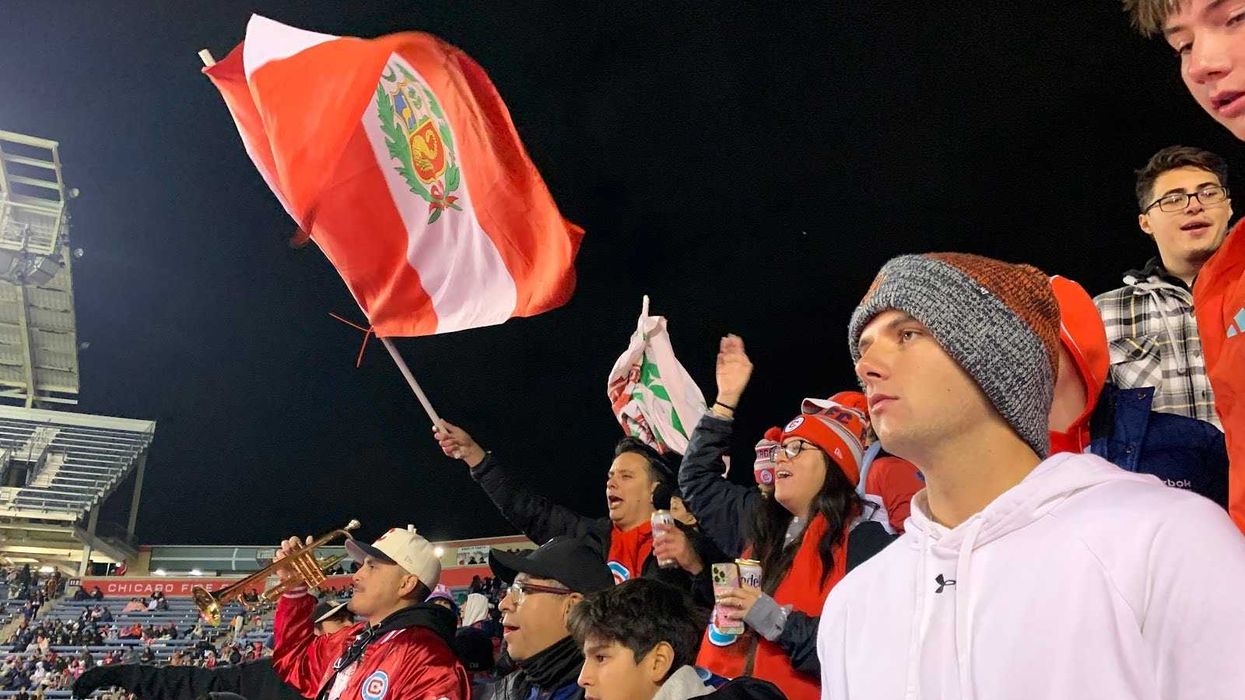This is the first of four parts in an exclusive weekly series of articles in The Fulcrum by J.H. Snider on Alaska’s 2022 periodic constitutional convention referendum. Part I describes the spending spree over the referendum. Part II proposes a deterrence theory to help explain the extraordinary amount the no side spent. Part III describes the failure of the referendum’s marketplace for campaign finance disclosures. Part IV provides recommended reforms to fix this broken marketplace.
J.H. Snider, the president of iSolon.org, is the editor The State Constitutional Convention Clearinghouse, which provides summary information about the 14 U.S. states with a periodic constitutional convention referendum. He also edits separate websites, such as The Alaska State Constitutional Convention Clearinghouse, for each state that has a convention referendum on its ballot. Snider has a PhD in American Government from Northwestern University and been a fellow at the Harvard Kennedy School of Government, the American Political Science Association, and New America.
In 2022, Alaska’s periodic constitutional convention referendum had blowout campaign expenditures compared to all other referendums on the ballot across all fifty U.S. states. Surprisingly, a large fraction of that spending can best be explained not as a means to defeat a specific referendum, which was handily done by a 40% margin, but to preserve convention opponents’ reputation for political invincibility, thus enabling the defeat of future convention referendums in Alaska and other states without bearing the costs of a fight.
Background
Fourteen U.S. states have a periodic convention referendum, with periods ranging from ten to twenty years. The convention process in these states entails three public votes: 1) whether to call a convention, 2) to elect delegates to a convention, and 3) to vote up or down any constitutional amendments proposed by the convention. The primary contemporary democratic function of this referendum, like the constitutional initiative available in 18 states, is to prevent the legislature from having monopoly proposal power over constitutional change.
Convention opponents fall into four predictable groups: 1) legislatures that dislike the convention process because it is designed to bypass their monopoly proposal power over constitutional change, 2) apex special interest groups, which are defined by their extraordinary influence over state legislatures, especially their power to veto popular legislation harmful to their core interests, 3) relatively weak interest groups that rely on mutual back scratching coalitions with 1) and 2) above to effectively pursue their core mission, and 4) interest groups representing unpopular causes that prefer to exercise their influence via the courts rather than either the legislature or a convention. However, only category 2) groups, especially public unions and industries with unpopular subsidies or protections, have in recent decades predominantly financed the campaigns opposed to calling a convention.
Convention supporters are harder to classify, largely because convention opponents work so assiduously to promote unpopular extremists with their unpopular causes as their public face. But in terms of campaign contributions, there is a sharp distinction between yes and no campaigns: yes campaigns are overwhelmingly and usually exclusively funded by individuals, not groups, and in much smaller sums than no campaigns.
Alaska’s Spending Blowout
This year three states had a periodic constitutional convention referendum on the ballot: Alaska, Missouri, and New Hampshire. In Alaska, the no campaign, dominated by Defend Our Constitution, raised $4,787,775; and the yes campaign, dominated by ConventionYes!, $61,607.
The top four contributors to the no campaign, all national organizations based in DC, were the Sixteen Thirty Fund ($3,482,700), National Education Association (NEA; $500,00), American Federation of State County & Municipal Employees ($250,000), and American Federation of Teachers (AFT; $100,000). The next five largest contributors contributed $50,000 each: one national group (the International Brotherhood of Electrical Workers), three local groups (NEA-Alaska, Supervisory Unit Local 4900, and the Alaska Progressive Donor Table), and one local individual (a corporate CEO). The Sixteen Thirty Fund is a “dark money” group because its contributors are not publicly disclosed. Oil and gas interests were strongly opposed to a convention but did not directly contribute money or take a public position. Their interests were represented more indirectly, such as via an op-ed published in multiple newspapers by Frank Murkowski, a former governor and chair of the U.S. Senate Energy and Natural Resources Committee, and in local Chamber of Commerce resolutions that opposed a convention without citing individual members’ positions.
Among the 140 referendums on a statewide ballot in 2022, the Alaska referendum topped the campaign finance charts on a per capita basis based on a number of criteria, including amount spent: on a no campaign, by a no campaign by interests seeking concentrated benefits (popularly labeled “special interests”), by interests located out-of-state, via dark money, and by out-of-state dark money.
In terms of the combined amount spent per capita on either a yes or no campaign, it was beaten by only one other referendum, a ballot measure in California to legalize online and mobile sports betting, where both yes and no side advocates had concentrated benefits: the yes side to break into lucrative new gambling markets and no side to maintain its exclusive gambling franchises. (The no side, which outspent the yes side 1.4 to 1, won.) Of the 54 other governance and democratic reform referendums on a 2022 ballot, none was more expensive on a per capita basis including both yes and no expenditures.
The referendum was also extraordinary in its ratio of no-to-yes dollars, which in part reflected the extent to which no dollars represented interests with concentrated benefits and yes dollars interests with diffuse benefits. The ratio of no-to-yes dollars was 78 to 1, which was greater than any of the top 25% of referendums ranked by total dollars spent by both yes and no campaigns (the next closest no-to-yes-ratio was only 10 to 1).
The 78 to 1 figure should be interpreted as merely an approximation of the no campaign’s financial advantage. For example, a well-established finding of political science research is that a dollar spent opposing rather than supporting referendums is much more effective in influencing the public. Thus, this type of one-sided spending, all other things being equal, gives monied interests seeking to preserve their veto power an advantage over those seeking to support change, which implies the 78 to 1 ratio would understate the no side’s money advantage.
Similarly, the 78 to 1 figure should mostly be conceived as covering paid media, where third parties receive payment for campaign services. Excluded are in-group expenditures that benefited the no campaign, thus also understating the no side’s money advantage. For example, the paid union staff from both national and local unions devoted to helping Defend Our Constitution’s campaign was not disclosed on Defend Our Constitution’s campaign finance reports. Campaigns without major group backers, such as ConventionYes!, lack this reporting advantage. On the other hand, they may have more volunteer labor.
Helping to explain the 78 to 1 discrepancy is that 100% of the yes money was contributed by individuals. In contrast, the known sources of no money were overwhelmingly dominated by groups with concentrated benefits that, by definition, suffer from fewer collective action problems than average citizens. However, most of the no money was contributed by dark money interests. The largest individual contribution to Defend Our Constitution was made by a corporate leader for $50,000, five times the size of the largest individual contribution, $10,000, to ConventionYes!.
Also remarkable was the referendum’s combination of high per capita expenditures with a lopsided spending ratio and win. Usually, expenditures are high when the information arms race is competitive; that is, both sides are relatively well funded and the contest close.





















